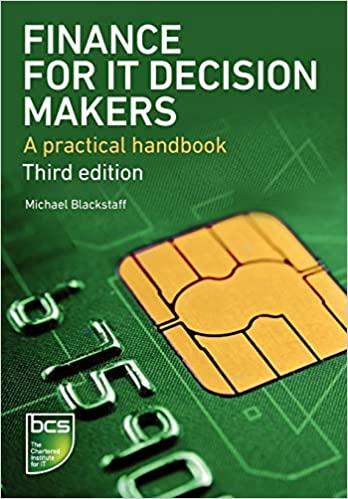Answered step by step
Verified Expert Solution
Question
1 Approved Answer
estimated: Three - Factor Model: B C D : , [ E ( R ) - R F R ] = ( 0 . 9
estimated:
ThreeFactor Model:
:
:
:
FourFactor Model:
:
:
:
with two factor models estimated to calculate the expected excess returns for the three stocks. Round your answers to two decimal places.
Threefactor model
Fourfactor model
conjunction with the threefactor risk model. Round your answers to two decimal places.
:
FGH:
JKL:
year period
additional information, calculate the expected excess returns for BCD FGH and JKL in conjunction with the fourfactor risk model. Round your answers to two decimal places.
year period
year period
d Do all of the expected excess returns you calculated in part a and part b make sense? If not, identify which ones seem inconsistent with asset pricing theory and discuss why.

Step by Step Solution
There are 3 Steps involved in it
Step: 1

Get Instant Access to Expert-Tailored Solutions
See step-by-step solutions with expert insights and AI powered tools for academic success
Step: 2

Step: 3

Ace Your Homework with AI
Get the answers you need in no time with our AI-driven, step-by-step assistance
Get Started


